Bone meal fertilizer is an organic fertilizer that can improve the health and growth of your flowering plants. Bone meal provides phosphorus and calcium to plants, along with a large amount of nitrogen. While it was once used primarily for agricultural purposes, the bone meal has recently been repurposed as an all-natural way to fertilize plants. Bone meal can be mixed with water to create a slurry, which can be applied directly to plants through irrigation systems or sprinklers.
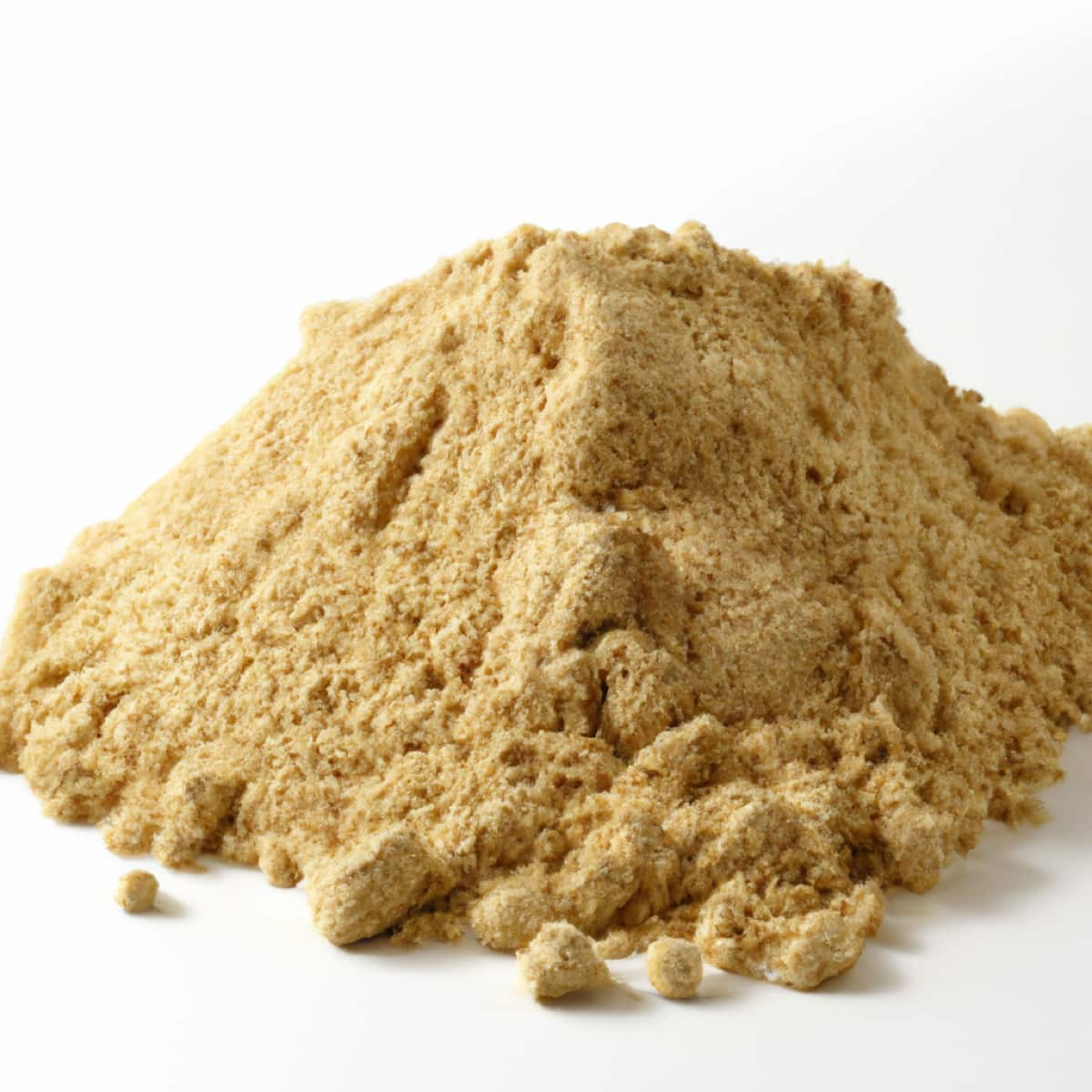
How to use bone meal fertilizer in the garden
What is bone meal fertilizer?
Bone meal fertilizer, also known as organic bone meal, is a type of organic fertilizer made from animal bones. Bone meal fertilizer is a slaughterhouse by-product that uses beef bones ground into a fine powder or granulated form. Bone meal fertilizer contains elements that can improve the health of flowering plants, such as Roses and Tulips. Bone meal fertilizer offers distinct advantages over other fertilizers derived from animal parts such as blood and fish bone.
Reasons to use bone meal fertilizer in your garden
- A bone meal is a great way to add nitrogen to your garden soil.
- It helps improve the growth of plants.
- It helps increase the uptake of other nutrients by plants.
- It helps prevent diseases in plants.
- It increases the production of flowers and fruits.
- It helps improve the texture and appearance of the soil.
- It can be used to restore depleted soils or to create new soils that are more fertile and productive.
- It has anti-fouling properties, which can help keep water from being absorbed into the ground, leading to erosion problems.
Bone meal fertilizer NPK in plants
- Bone meal is a great fertilizer for plants because it is high in nitrogen, phosphorus, and potassium. It can help improve plants’ growth in many ways, including providing them with the nutrients they need to thrive.
- The NPK rating of bone meal is typically 3-15-0, with a calcium content of around 12%. This Multi-purpose plant fertilizer is rich in phosphorus, calcium, and nitrogen. Good for better root development and increased yield.
- Nitrogen helps to make the plants grow strong roots, while phosphorus and potassium provide them with the nutrients they need to grow healthy leaves and flowers. Bone meal can also be used as a soil conditioner because it helps loosen and improve soil texture.
In case you missed it: Sucking Mealybugs in Cotton Crop: Symptoms, Causes, Control, and Treatment
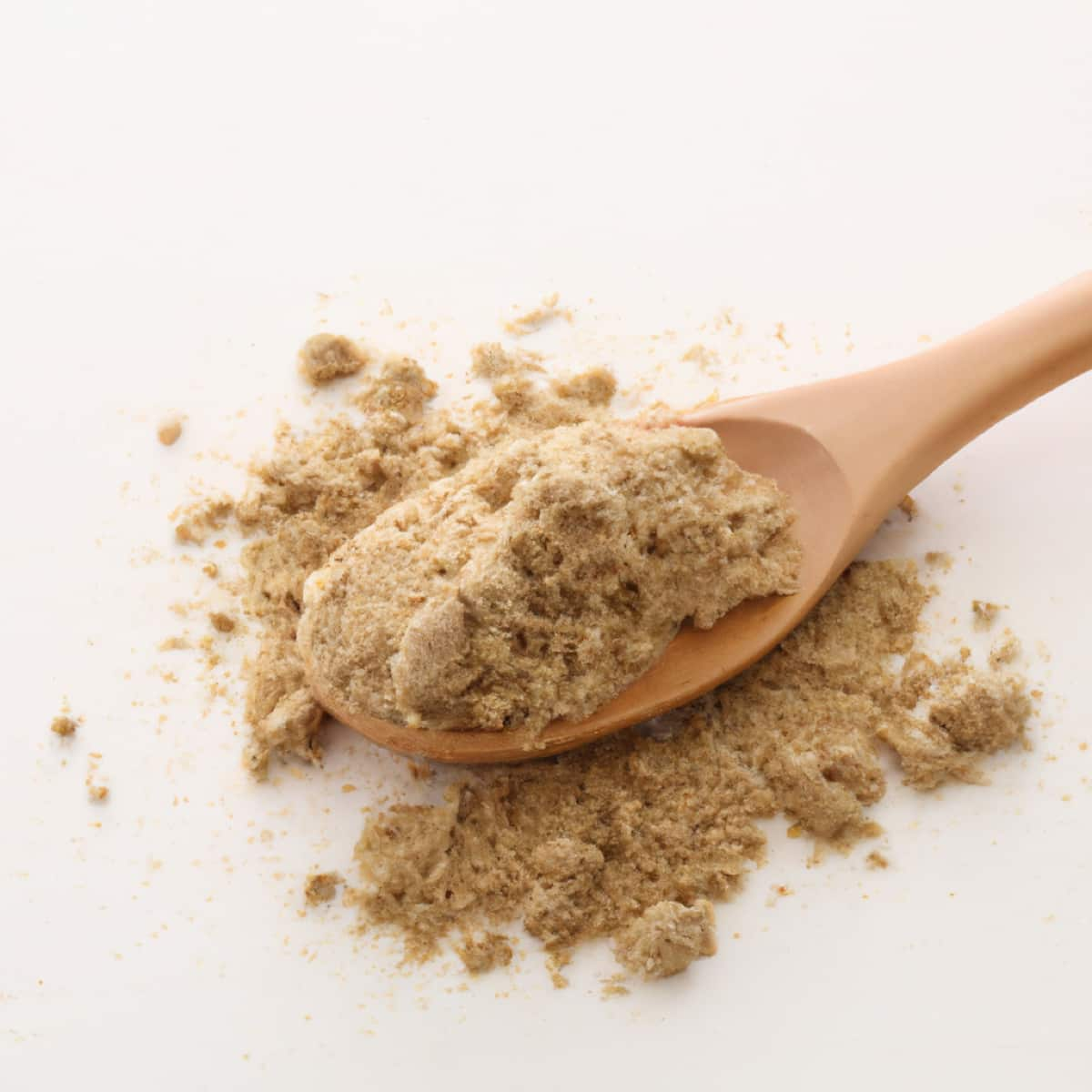
Bone meal fertilizer benefits in the garden
- Bone meal is an organic fertilizer used in gardens to help improve plant growth. Bone meal is a high-nitrogen fertilizer that can help plants grow taller and more robust. It can also help plants resist disease and pests.
- To use bone meal as a garden fertilizer, mix it with water in a bucket or bag. Then drizzle it over the plants you want to fertilize. The bone meal should be applied every two weeks during the growing season. Bone meal compost increases phosphorus levels in your soil.
- Most bone meal fertilizers have an NPK ratio of about 3:15:0, meaning they are low in nitrogen (N) and potassium (K) but high in phosphorus (P). Therefore, bone meal compost is an excellent source of phosphorus, which is essential for the photosynthesis process of your plants.
- Bone meal can balance other soil amendments. Consider mixing bone meal with other additives that have more nitrogen, like manure. Bone meal fertilizer can similarly balance out other fertilizers.
- Bone meal is an organic fertilizer. Unlike chemical fertilizers, bone meal improves your organic gardening using natural elements.
- Phosphorus and calcium are two nutrients that are extremely important for your vegetable garden. This will give you better and healthier yields from vegetables like Tomatoes, Zucchini, and Peppers. For indoor plants, calcium also promotes new growth in roots and stems.
- It helps to improve the growth of plants by providing them with essential nutrients and minerals.
- It helps to break down organic matter and release essential minerals into the soil. This will help to create healthy soil conditions that will support plant growth.
- Bone meal fertilizer is not harmful to plants and can be used in ornamental and edible gardens.
- Consider adding bone meal fertilizer if you have flowering plants or indoor plants. You will enjoy bigger and healthier blooms and bulbs with phosphorus fed to your blooming plants like roses. You can also apply bone meal to your fruit-bearing plants to yield better results.
- Bone meal fertilizer is an ideal soil amendment for growing Carrots, Beets, Potatoes, and root crops. This is thanks to its high phosphorus level, which helps in healthy root formation. A bone meal fertilizer can also help establish perennials during their first year.
- Bone meal fertilizer enhances ornamental beauty by encouraging large, brightly colored flowers. It is often applied to the base of rose bushes and hydrangeas as buds form. It can also help plants set more fruits.
- Due to its high nitrogen concentration, bone meal can help promote vigorous growth in plants. Additionally, bone meal helps release phosphorus into the soil, which can help improve plant roots’ growth and development.
In case you missed it: Mustard Cake Fertilizer Uses in the Garden: Step-By-Step Process, Plant Benefits, and Application Method
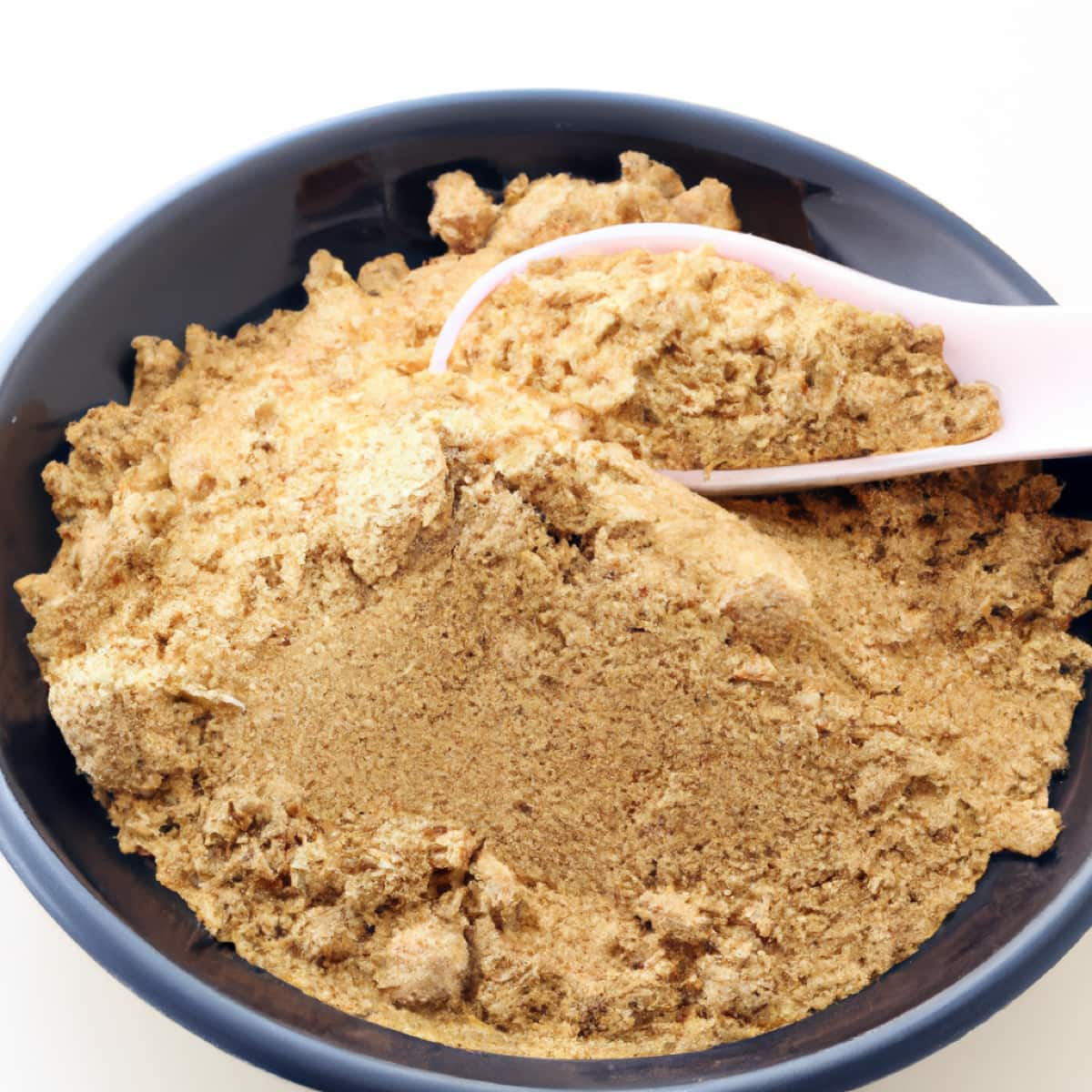
Bone meal is used as a top dressing
Use bone meal fertilizer as a top dressing on vegetables in containers or gardens. This application helps increase yields and reduces the need for other fertilizers or pesticides. A bone meal is an excellent top dressing for soil in the garden. It helps to supply nitrogen and other essential plant nutrients and helps improve soil texture. Bone meal also has insecticidal properties.
When to apply bone meal fertilizer to plants?
Bone meal is an excellent fertilizer for your garden because it contains a high phosphorus level. When you add bone meal to your soil, it helps to improve the growth of plants by providing them with essential nutrients. You can apply bone meal fertilizer every three to four weeks during the growing season, but read the directions on the product label first.
How to use bone meal fertilizer for plants
- Test the soil pH level – Before using bone meal fertilizer, purchase a soil test kit and check the acidity of your soil. Only use bone meal fertilizer if your soil’s pH level is below seven.
- Mix in a small amount of fertilizer – Use one tablespoon of bone meal fertilizer for every two square feet of soil. Mix or rake the bone meal into your garden soil. Consider adding a small amount of bone meal fertilizer inside a planting hole before planting.
- Water your garden – After adding bone meal fertilizer to your garden, water the soil. Proper watering breaks down and activates the fertilizer.
How does bone meal work in the garden?
Bone meal is a high-quality fertilizer made from animal-dried and ground bones. It is a slow-release fertilizer that helps to increase soil fertility by providing nitrogen, phosphorus, potassium, and other essential nutrients. Bone meal can be used in the garden in several ways. One way to use bone meal in the garden is to add it to the soil as an organic fertilizer. This type of usage helps to improve overall soil health and increases the yields of crops. Additionally, adding bone meal to the soil can help to control weeds and promote healthy plant growth.
Another way to use bone meal in the garden is as an insecticide. Adding bone meal to your plants may help reduce pest populations and improve crop yields. Bone meal also has anti-inflammatory properties, which can help reduce plant stress during adversity. Finally, bone meal can also be used as an erosion control agent in gardens. Adding it to your garden’s soil can help reduce runoff that can damage local ecosystems.
In case you missed it: Rock Phosphate in Agriculture: Fertilizer Uses, Composition, and Application for Plants
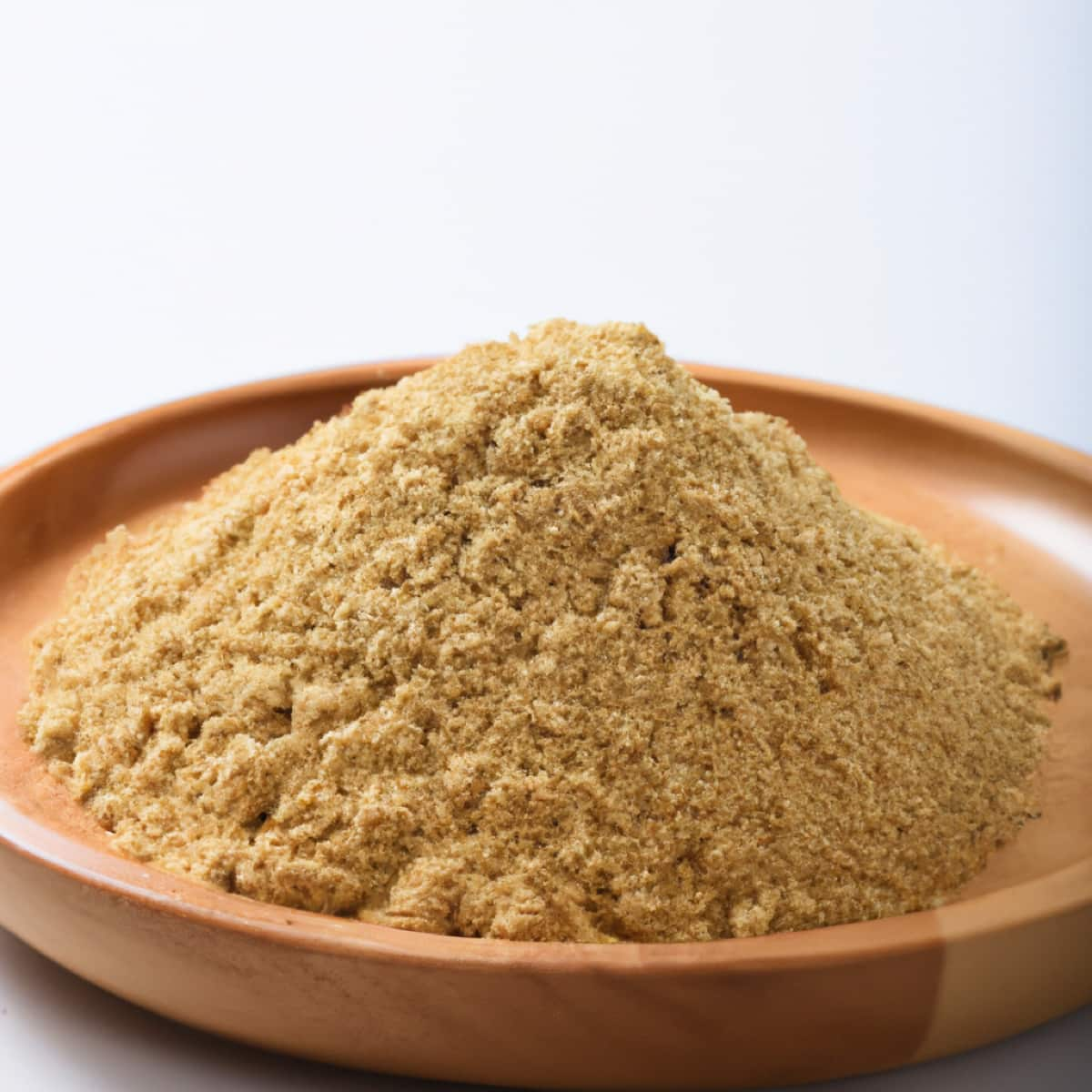
Ways to apply bone meal fertilizer in plants
In garden beds
A general rule of thumb for using bone meal fertilizer in garden beds is 1 pound of powder per 10 square feet of growing space, or about one tablespoon per plant if you are transplanting. In garden beds, it can be mixed into the soil before planting to help plants grow and survive in dry conditions. Start by sprinkling bone meal over your garden bed and then stir until the top few inches of soil are well mixed.
Not only will this bring your plants closer to the roots, but it also dilutes any lingering scents that might attract hungry animals. Water well afterward to further work the compost into the soil. Each dose of bone meal fertilizer takes about 4 months to break down. Then, if plants are still in the growth stage, you can replant them. If using a liquid fertilizer instead of a powder, dilute it at a ratio of 4 to 8 tablespoons per gallon of water, and apply it to garden beds weekly during the growing season.
In container gardens
Bone meal fertilizer in container gardens can enhance container plants and help speed up flower and fruit development. However, you’ll want to apply it once or twice throughout the growing season to balance it with other fertilizers and give your plants the necessary nitrogen and potassium. Bone meal can be added to the soil before planting in container gardens to boost nutrients. Follow the directions on the fertilizer package to adjust the concentration.
Be careful not to apply the fertilizer too close to the plant roots, as you can burn them. Consider applying two parts of wood ash to one part of bone meal in your container plants so they get plenty of potassium. Then, you can apply liquid fertilizers as you would for garden beds at a concentration of 4 to 8 tablespoons per gallon per week.
During soil preparation
Sprinkle bone meal fertilizer evenly over the soil or add it to your planting compost. Ensure it is well mixed if the weather is dry; water in the well.
In case you missed it: Drip Fertigation in Vegetable Crops: A Practical Guide for Farmers
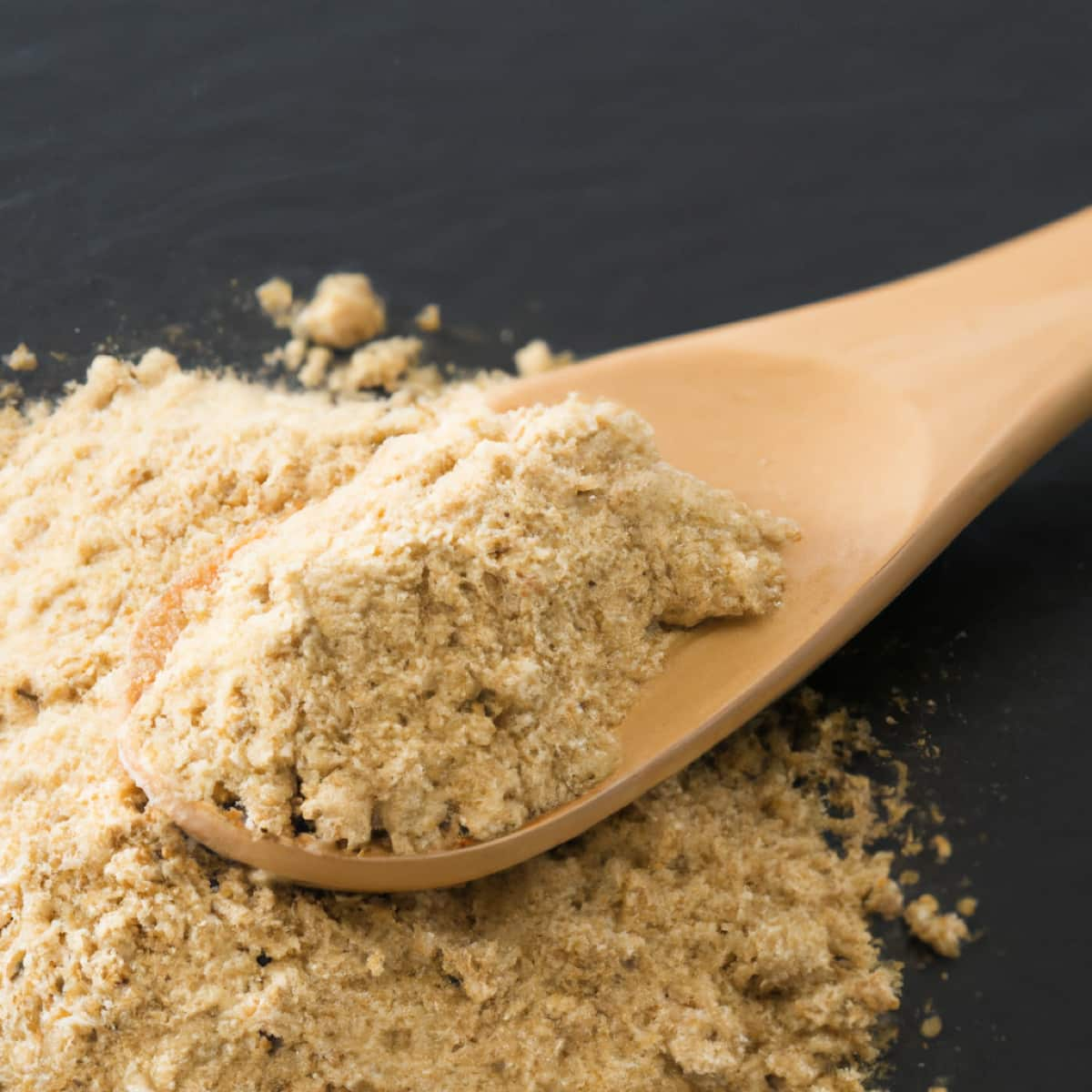
In a hydroponics system
Bone meal fertilizer is great for water-based growing if you use it in liquid form. However, application instructions are less standardized, and find how much to use based on your specific system. Finally, it can be used as a hydroponic nutrient solution for vegetable plots. Generally, 30-50 ppm (parts per million) of phosphorus is recommended within the nutrient solution for growing.
Vegetable plots
If you are using bone meal for your vegetable plot, add compost and work it into the soil before planting any seeds.
Which plants benefit from a bone meal?
Bone meal can be used to fertilize gardens, crops, and lawns. It is especially useful for high-nitrogen plants like tomatoes and potatoes. Bone meal also helps to improve the soil’s water retention capacity.
- Vegetables: Planting vegetables in a bed that includes bone meal will help to improve their growth and yield. Vegetables that benefit from the bone meal are carrots, beets, potatoes, and onions.
- Fruit Trees: Fertilizing fruit trees with a bone meal will promote their health and produce larger crops over time. Fruits that benefit from the bone meal include apples, pears, plums, and apricots.
- Flowers: Flowers that benefit from the bone meal are gladiolus, roses, and daisy. Roses are particularly sensitive to nutrient deficiencies, so feeding them a bone meal will help supplement their diet and promote strong blooms. Additionally, adding bone meal to rose beds helps hold soils in place during heavy rains or snowmelts, preventing erosion.
- Trees that benefit from the bone meal are citrus trees, olive trees, maple trees, and walnut trees.
How much bone meal should I give my plants?
Use one tablespoon of bone meal fertilizer for every two square feet of soil. Mix or rake the bone meal into your garden soil. Consider adding a small amount of bone meal fertilizer inside a planting hole before planting. But generally, a fertilizer made up of 20% bone meal can help Plants grow taller, larger leaves and more flowers. Once you have determined how much bone meal your plants need, please give them a regular feed every few weeks throughout the growing season.
In case you missed it: How to Make Homemade Fertilizers: Recipes for Banana Peels, Scraps, Coffee Grounds, Epsom Salt, Eggshells, and Grass Clippings
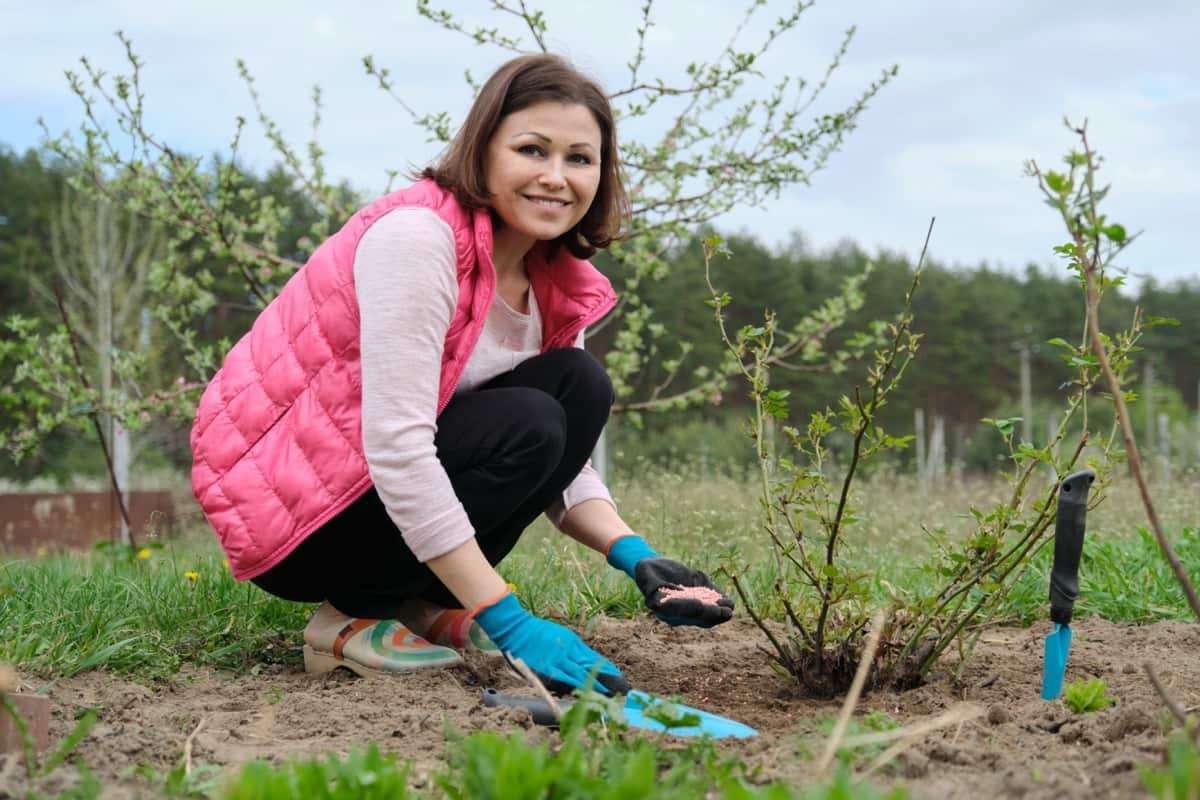
Everything you need to know about bone meal fertilizer application
- Bone meal fertilizer works best with certain plants like fruits and vegetables. Make sure to choose the right cultivar for your plant before using the fertilizer.
- Bone meal fertilizers come in various concentrations, so follow the instructions on the package for application rates.
- Bone meal fertilizers take time to work their magic, so be patient and give the plants plenty of time to absorb the nutrients.
- Always read and follow the manufacturer’s directions when using any fertilizer. For example, a bone meal can contain high levels of phosphorus, so be sure to use it in a way that is safe for your plants.
- Make sure you only apply bone meal to garden areas specifically for fertilization. Do not apply it to growing plants or around water runoff areas.
- Be aware that bone meal can attract wild animals, so keep your garden well-manicured and free of fruits, vegetables, or other food sources that could tempt predators.
- Do not overuse bone meal fertilizer on your plants. This can cause damage to their roots and may also result in stunted growth or foliage abnormalities.
Does bone meal promote flowering?
It benefits plants’ root growth, promotes cell division, and prevents stunted growth. The addition of bonemeal can revive plant growth and encourage flowering. Great for flowering plants, bulbs, and rose bushes.
In case you missed it: 10 Organic Fertilizers for Your Vegetable Garden: When and How to Apply

Conclusion
Bone meal fertilizer is a great method to help improve the growth of plants in your garden. Not only does it provide nutrients, but it also helps to break down organic matter and release essential minerals into the soil. In addition, bone meal is high in nitrogen and other nutrients, making it an ideal fertilizer for planting vegetables and flowers.
- Types of Pesticides Used in Agriculture: A Beginner’s Guide
- Economical Aquaculture: A Guide to Low-Budget Fish Farming
- 15 Common Planting Errors That Can Doom Your Fruit Trees
- How to Make Houseplants Bushy: Effective Tips and Ideas
- Innovative Strategies for Boosting Coconut Pollination and Yield
- Pollination Strategies for Maximum Pumpkin Yield
- The Complete Guide to Chicken Fattening: Strategies for Maximum Growth
- Natural Solutions for Tulip Problems: 100% Effective Remedies for Leaf and Bulb-Related Issues
- Revolutionizing Citrus Preservation: Towards a Healthier, Greener Future
- Natural Solutions for Peony Leaf and Flower Problems: 100% Effective Remedies
- Maximizing Profits with Avocado Contract Farming in India: A Comprehensive Guide
- Natural Solutions for Hydrangea Problems: 100% Effective Remedies for Leaf and Flowers
- The Ultimate Guide to Choosing the Perfect Foliage Friend: Bringing Life Indoors
- From Sunlight to Sustainability: 15 Ways to Use Solar Technology in Agriculture
- The Ultimate Guide to Dong Tao Chicken: Exploring from History to Raising
- The Eco-Friendly Makeover: How to Convert Your Unused Swimming Pool into a Fish Pond
- Mastering the Art of Delaware Chicken Farming: Essentials for Healthy Backyard Flocks
- 20 Best Homemade Fertilizers for Money Plant: DIY Recipes and Application Methods
- How to Craft a Comprehensive Free-Range Chicken Farming Business Plan
- Brighten Your Flock: Raising Easter Egger Chickens for Beauty and Bounty
- How to Optimize Your Poultry Egg Farm Business Plan with These Strategies
- Subsidy for Spirulina Cultivation: How Indian Government Schemes Encouraging Spirulina Farmers
- Ultimate Guide to Raising Dominique Chickens: Breeding, Feeding, Egg-Production, and Care
- Mastering the Art of Raising Jersey Giant Chickens: Care, Feeding, and More
- Ultimate Guide to Raising Legbar Chickens: Breeding, Farming Practices, Diet, Egg-Production
- How to Raise Welsummer Chickens: A Comprehensive Guide for Beginners
- How to Protect Indoor Plants in Winter: A Comprehensive Guide
- Ultimate Guide to Grow Bag Gardening: Tips, Tricks, and Planting Ideas for Urban Gardeners
- Guide to Lotus Cultivation: How to Propagate, Plant, Grow, Care, Cost, and Profit
- Agriculture Drone Subsidy Scheme: Government Kisan Subsidy, License, and How to Apply Online
- Ultimate Guide to Raising Araucana Chickens: Breed Profile, Farming Economics, Diet, and Care
- Bringing Hydroponics to Classroom: Importance, Benefits of Learning for School Students
- Ultimate Guide to Raising Polish Chickens: Breed Profile, Farming Economics, Diet, and Care
- Ultimate Guide to Raising Australorp Chickens: Profile, Farming Economics, Egg Production, Diet, and Care
- Silkie Chicken Farming: Raising Practices, Varieties, Egg Production, Diet, and Care
- Sussex Chicken Farming: Raising Practices, Varieties, Egg Production, Diet and Care
Very essential explanation regarding bone meal which help the gardeners too much.Here is another question that does it use in hibiscus and other plants.Please inform.Thanks.